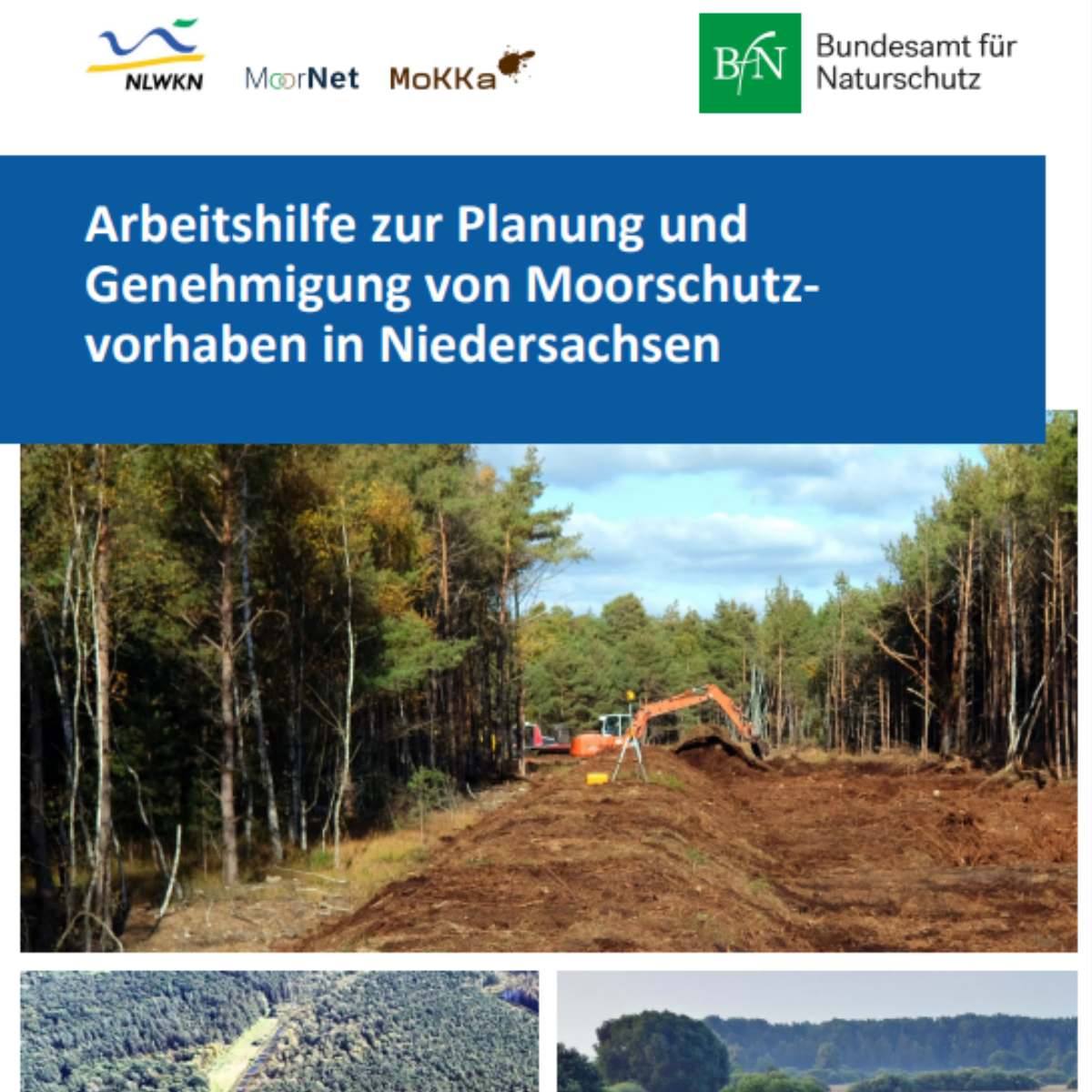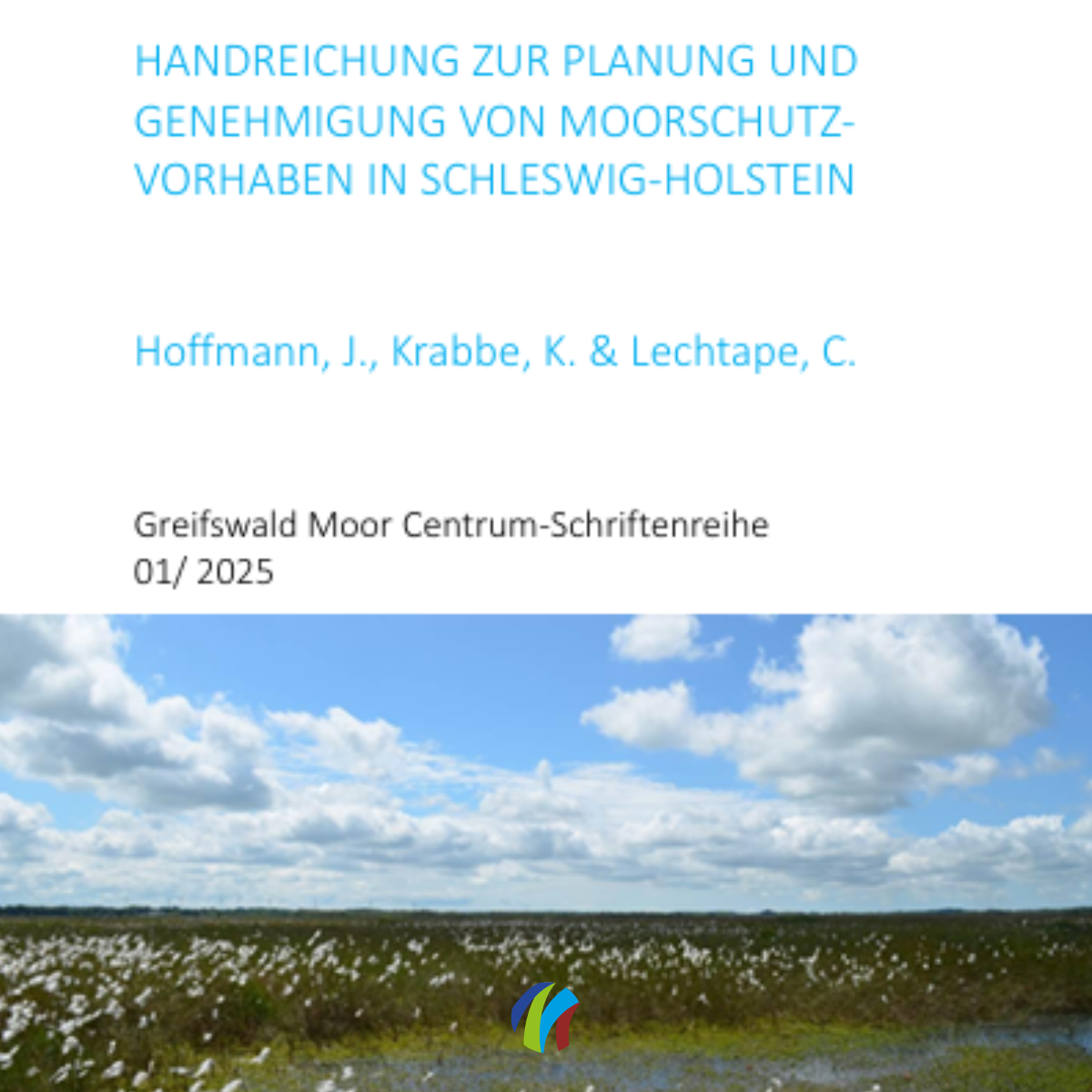News
July 2025
New: Guidelines for Peatland Protection
by Helena Plochberger (comments: 0)
This is how it's done in Lower Saxony and Schleswig-Holstein!
03/07/2025 To ensure that rewetting and restoration efforts don’t get bogged down in lengthy planning, approval, or implementation phases, two brand-new guidelines have just been published for Lower Saxony and Schleswig-Holstein—with contributions from the Greifswald Mire Centre.
 |
 |
Published by the German Federal Agency for Nature Conservation (BfN), the Guidance for Planning, Financing and Approval provides an overview of the key steps involved in the planning, funding, and approval of peatland protection projects and associated measures. With over 545,000 hectares of carbon-rich peat soils, Lower Saxony has the highest peatland area of any German federal state. However, the majority has been drained for agriculture, forestry, or peat extraction. Clearly, there’s a lot to be done. Particularly helpful are the included tips on how to accelerate and simplify projects, along with an overview of funding programs and key contacts in the region.
If land is available, data on the site exists, nature conservation requirements must be considered, or questions arise - such as potential pollution from World War II - these and more are addressed by the equivalent guideline for Germany’s northernmost state: the Guidance for Planning and Approval of Peatland Protection Projects in Schleswig-Holstein, published in the series of the Greifswald Mire Centre. Covering 129,800 hectares, Schleswig-Holstein's peatlands have mostly been drained - causing negative impacts on biodiversity, climate, and the water cycle.
Both publications are aimed at public authorities, municipalities, foundations, associations, agricultural enterprises, and private individuals.
The guidance for Lower Saxony was developed in a collaboration between the MoorNet and MoKKa projects by the Michael Succow Foundation and DUENE e.V. (both partners of the Greifswald Mire Centre), the Ecologic Institute, and the Lower Saxony State Agency for Water Management, Coastal and Nature Conservation (NLWKN). The Schleswig-Holstein guideline was created as part of the MoKKa project by GMC partners Succow Foundation and the University of Greifswald, in cooperation with the Ministry for Energy Transition, Climate Protection, Environment and Nature of Schleswig-Holstein (MEKUN).











